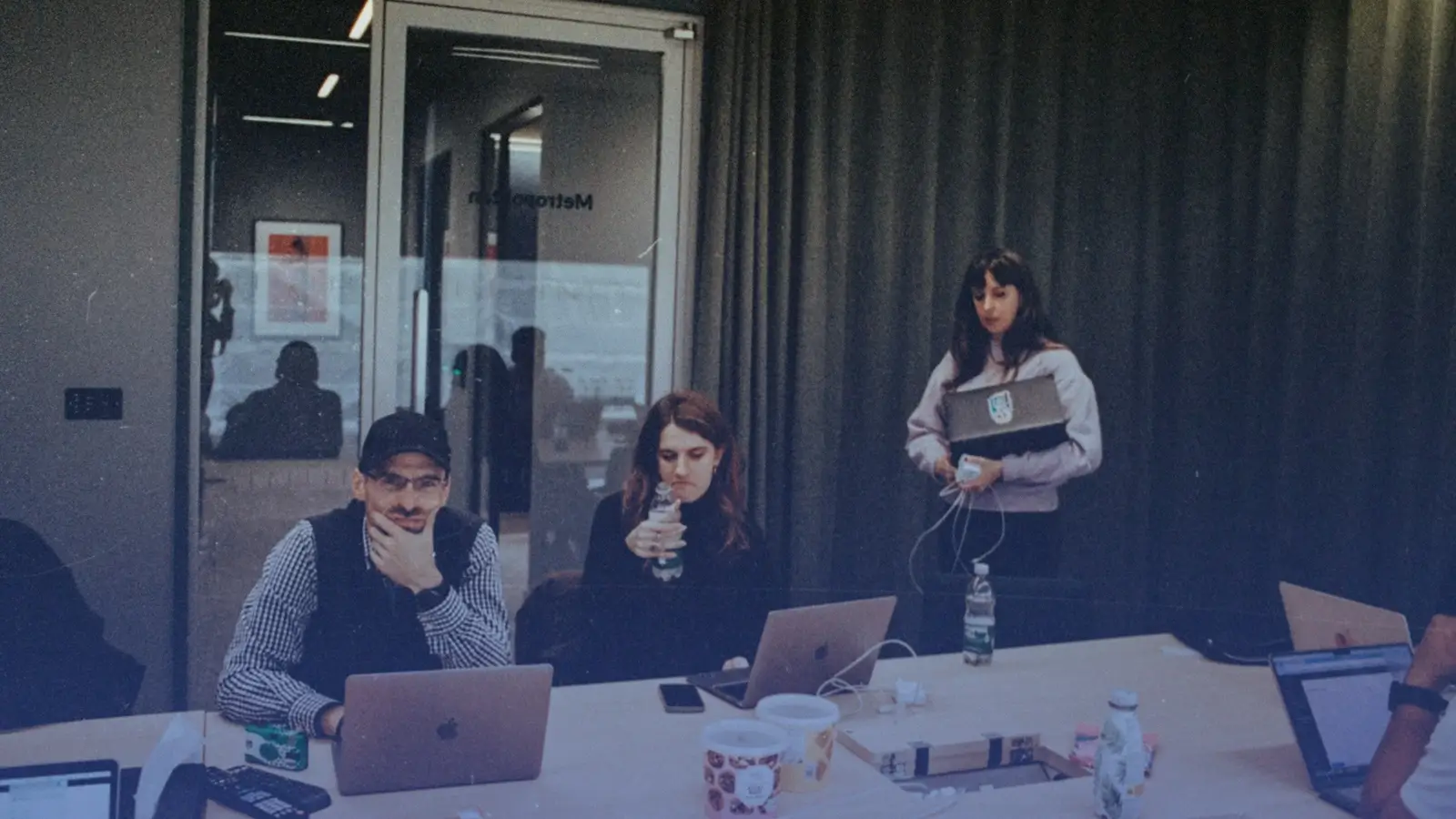Agile vs. waterfall: a paradigm shift
Choosing between Agile and Waterfall methodologies is like deciding between building a house one brick at a time or constructing it in predefined phases. Traditional Waterfall is the brick-by-brick approach, where each phase must be completed before moving to the next.
Agile, on the other hand, is about breaking the project into smaller, iterative cycles. It’s like putting together a puzzle. You work on different pieces simultaneously and assemble them as you go along. It’s adaptable, and it values collaboration and flexibility.
The agile manifesto: a fresh perspective
At the heart of Agile is the Agile Manifesto, which lays out four core values:
- Individuals and interactions over processes and tools.
- Working software over comprehensive documentation.
- Customer collaboration over contract negotiation.
- Responding to change over following a plan.
These values challenge conventional thinking and steer Agile teams towards practices that revolve around customers and adaptability.
Benefits of agile
So, why choose Agile over Waterfall? Here’s why it’s a compelling choice:
- Faster Delivery: Agile lets you release valuable software quicker, reducing the time it takes to reach the market.
- Customer Satisfaction: By involving customers throughout development, Agile ensures that the final product meets their needs and expectations.
- Flexibility: Agile adapts gracefully to changing requirements, allowing teams to pivot as needed.
- Quality: Through iterative testing and feedback loops, Agile improves product quality and reduces defects.
Agile with Jira: mastering scrum
Our company fully embraces the Agile approach, particularly Scrum—one of the most popular Agile frameworks. And when it comes to managing Scrum projects, there’s no better tool than Jira.
Why Jira? Jira is hailed as the ultimate tool for embracing the Scrum framework. It streamlines various Scrum processes, from managing backlogs to planning and executing sprints.
But, there’s a catch. Using Jira efficiently isn’t always straightforward, especially in a software agency environment where clients bring their unique requirements and methodologies to the table.

Mastering Jira: the key to efficiency
To work more efficiently, we’ve come to understand the importance of equipping our team with a shared understanding of Jira’s language and functionality. Terms like “epic,” “story,” “task,” “sprint,” and “sprint backlog” might seem abstract initially, but they are the fundamental building blocks of effective project management in Jira.
Furthermore, knowing how to create and manage “versions” and “releases” is crucial for successful project tracking and delivery. In our upcoming sessions, we’ll delve deeper into these concepts, providing you with practical insights and hands-on guidance to navigate Jira effectively.
Exploring agile frameworks: beyond scrum
In the dynamic landscape of software development, the Agile methodology has emerged as a transformative force, with Scrum standing out as a prominent framework. However, to fortify our commitment to Scrum, it is imperative to delve into other Agile frameworks that underscore the versatility and effectiveness of our chosen approach.
Kanban: crafting flow and visualization
One of the most notable and practical Agile frameworks alongside Scrum is Kanban. This approach places a paramount focus on constraining work in progress, maintaining a continuous flow of work, and promoting value and visualization within the development process. At the core of Kanban’s success is the renowned Kanban board, which serves as a central hub for teams. Unlike Scrum, Kanban operates without predefined meetings or roles, providing a more flexible and adaptive framework.
Kanban’s emphasis on visualizing work allows teams to quickly grasp the status of tasks, fostering transparency and efficient collaboration. By limiting work in progress, teams can enhance their focus, leading to quicker delivery of valuable software. The simplicity of Kanban’s approach, coupled with its adaptability, makes it a compelling choice for teams seeking a framework that aligns with the principles of Agile.
Extreme Programming (XP): embracing continuous improvement
Another significant contender in the Agile landscape is Extreme Programming (XP). Despite its name suggesting an intense development environment, XP prioritizes continuous integration, pair programming, and a stringent requirement that no code is written without accompanying tests. The concept of pair programming, in which developers collaboratively work on code, comes in three distinct types: unstructured, Driver/Navigator, and Ping Pong. Unstructured pair programming allows developers to switch positions and take the lead on different lines of code. In the Driver/Navigator model, one developer sets the architectural direction while others implement it. The Ping Pong approach involves developers working collaboratively, shifting between tasks as they see fit. While pair programming may seem time-consuming, its benefits extend beyond the immediate development phase. The practice results in cleaner code, better design, improved working relationships, and a wealth of company know-how.
Extreme Programming’s core focus on waste reduction aligns with Lean thinking, emphasizing efficiency and value. By integrating XP principles, teams can optimize their development process, reducing inefficiencies and enhancing the overall quality of the product.
Test-driven Development (TDD) and Behavioral-Driven Development (BDD): elevating software quality
In addition to frameworks like Kanban and XP, Agile software development practices such as Test-Driven Development (TDD) and Behavioral-Driven Development (BDD) play a crucial role in refining the development process. Test-driven development places a strong emphasis on testing, requiring the development team to write tests that dictate how the code should function. This practice commences with detailed business requirements, which are articulated within the test itself. By prioritizing testing at the forefront of development, TDD ensures that the code meets the desired functionality and specifications.
On the other hand, Behavioral-Driven Development shifts the focus to desirable behavior in its initial stages. This approach aids teams in comprehending and formulating transparent business requirements. The conversation about business requirements takes precedence over actual code writing, and in this process, teams leverage “natural language constructs,” specifically the GHERKIN syntax. Keywords such as Given, When, and Then provide a structured format to describe business requirements in terms of behavior and anticipated outcomes.

A holistic approach: finding the optimal hybrid framework
In the broader context, Agile teams are encouraged to combine various practices, forging a path toward finding the optimal hybrid framework that suits their unique needs. This amalgamation of methodologies allows teams to leverage the strengths of different frameworks, creating a tailored approach that maximizes efficiency and adaptability.
However, from the perspective of a project manager, navigating an Agile transformation often involves a strategic focus on a single framework. In my experience, leading a team exclusively through the Scrum framework has proven advantageous. The simplicity of Scrum’s policies, coupled with its seamless integration with tools like Jira, makes it a pragmatic choice. Scrum’s comprehensive set of events, roles, and processes is designed to concurrently consider team, product, and client satisfaction, aligning seamlessly with the overarching principles of Agile.
Understanding the nuances of various Agile software development methodologies provides valuable insights into their historical context, offering a nuanced comprehension of market needs. It underscores the realization that developing a superior product is not the sole value that the industry should uphold. Rather, a continuous commitment to refining the delivery of valuable products not only enhances the product itself but also invigorates the creators. This ongoing commitment fosters a culture of innovation, motivating teams to introduce novel practices and perspectives into the overall development process, ensuring sustained growth and success in the ever-evolving landscape of software development.






